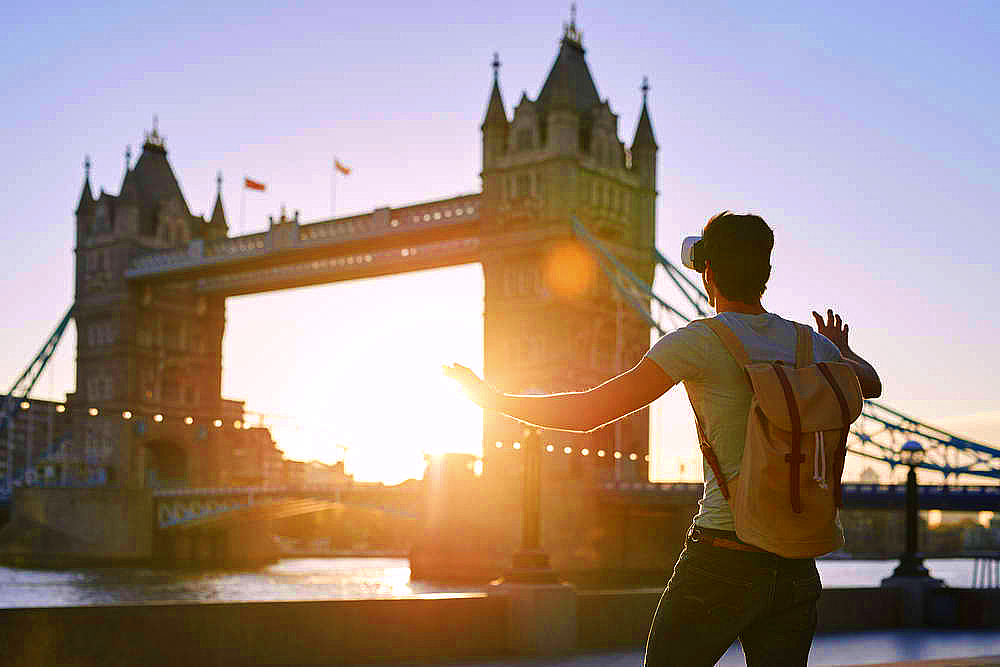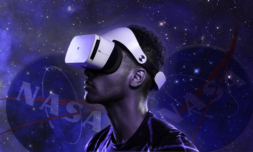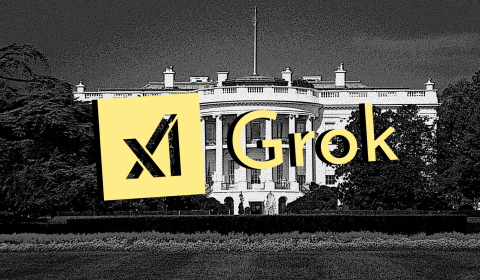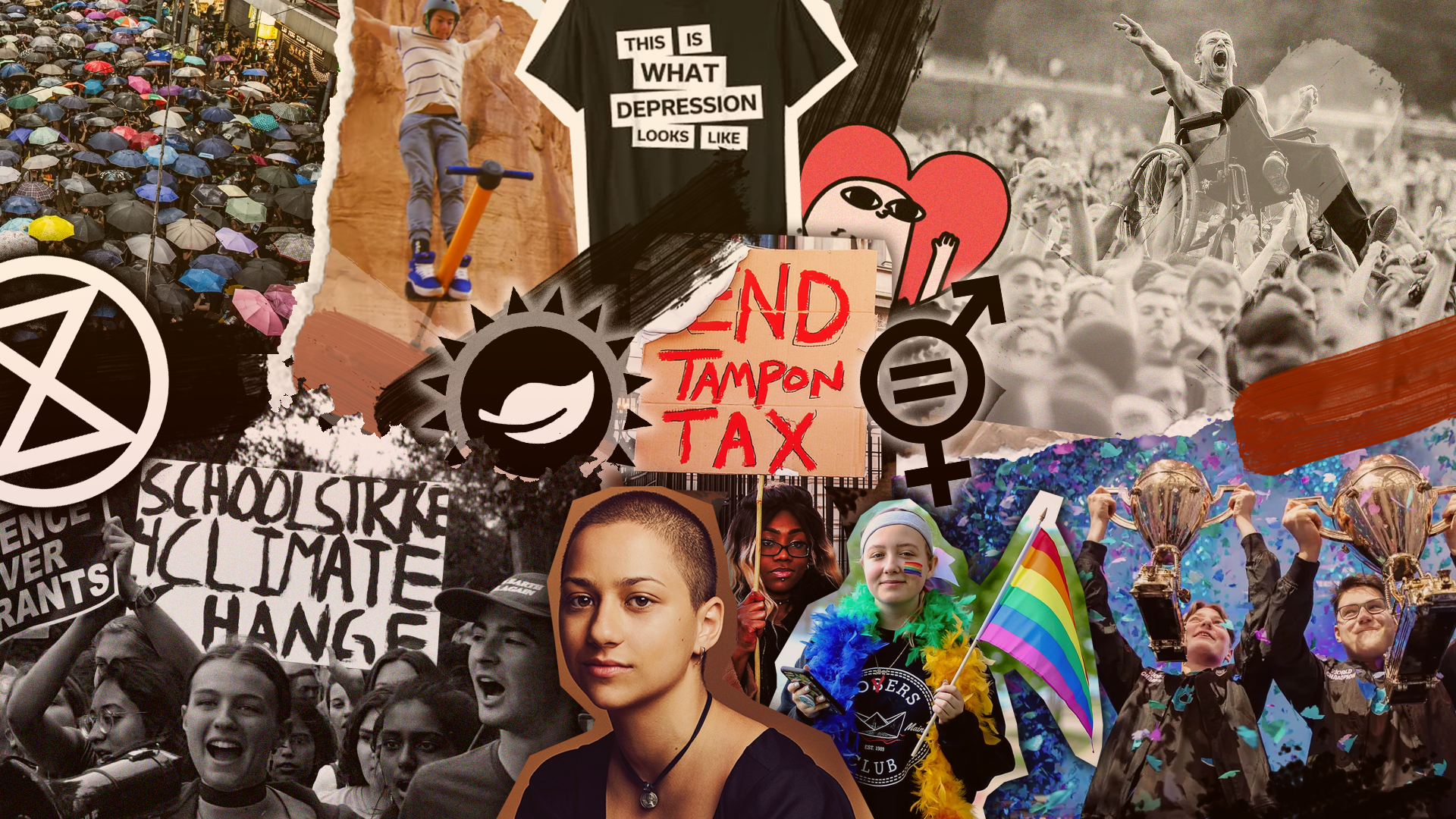With travellers still grounded, experts believe that the pandemic’s watershed moment for tech could potentially lead to more sustainable tourism.
If the current trajectory of technological advancement is any indication, the hottest destination of the next decade won’t be transoceanic, it’ll be hard-coded.
With globe-trotting a distant memory as we continue to fight a pandemic that’s forced us to stay indoors, increasing numbers of pent-up people are swapping their sunglasses for virtual reality headsets and holidaying together in the ‘metaverse.’
Allowing VR to permanently shake off its image of being a gimmick in the tourism sector, Covid-19 has brought with it a growing demand for escapism and consequently a ‘watershed moment’ for the capabilities of reality altering technology (according to analysts). Many believe that it’ll transform VR’s reputation as a marketing gimmick into a permanent fixture of tourism.
‘The longer this goes on for, the higher the chance that VR may become a valid form of alternative travel as consumers get more accustomed to this technology,’ says Ralph Hollister of Global Data.

It’s a temporary solution for tourism boards and hotels that have been unable to operate over the past year, keeping would-be visitors interested while business begins its long road to recovery.
To put into perspective quite how hard the industry’s been hit by Coronavirus, in October last year, the International Air Transport Association (Iata) said that international traffic ‘had all but disappeared,’ with airlines carrying only about 10% of normal levels.
By Iata’s most recent estimate, these disruptions have put more than 41 million jobs at risk and the company predicts travel won’t return to normal until at least 2024. The statistics speak for themselves really.
Here to fill the void that travel restrictions have left and a means of whetting appetites for post-pandemic trips abroad we can only dream of from the confines of our homes right now, VR is a unique medium.
It can make users feel as though they’re genuinely traversing the computer-generated world they find themselves in, whether that be the pyramids of Egypt or the cobbled streets of European cities.
Combining immersive visuals with crystalline sound and arm motion sensors, it’s much more than just a novelty nowadays and these journeys through time and place are so convincing that it’s reportedly brought some users to tears. That’s not a guarantee for everyone, mind.
At the forefront of this is Oculus, which launched its Quest 2 headset at the end of 2020. Of the various 360-degree experiences available to users, the German National Tourist Board’s (GNTB) has proved most popular.
Taking viewers on trips across the country, as well as to parts of its Baltic and North Sea coasts, its projects have succeeded in drumming up interest for when tourism resumes, getting potential customers excited about what they have to offer.
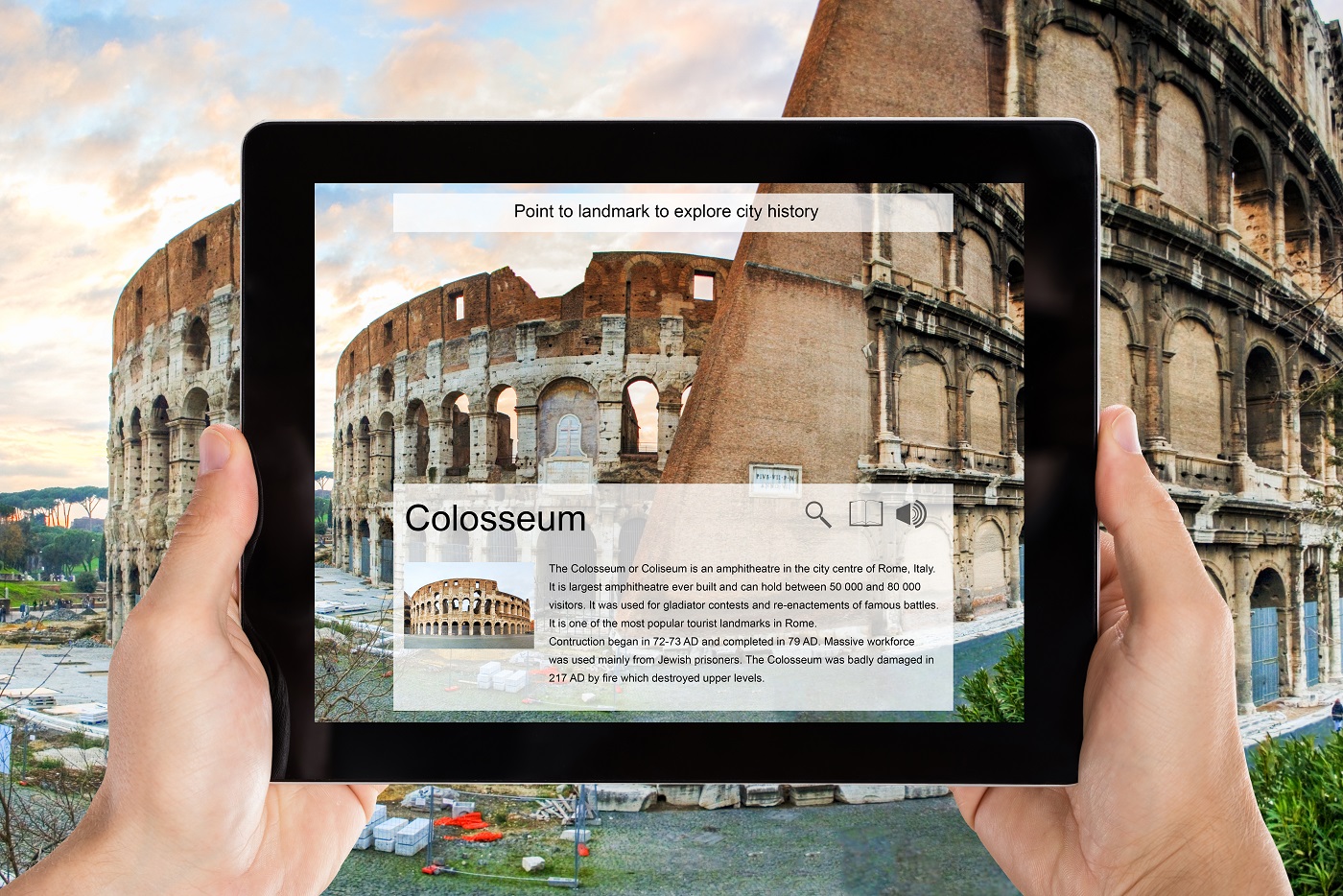
It’s very viable option for those seeking more sustainable tourism as the ability to ‘sample’ destinations and offerings before bookings allows more regulation over the amount of people visiting historic sites, damaged by over-tourism and in need of conservation.
‘In this time of social distancing, people are looking for different ways to stay entertained, connected and active, and VR offers that,’ said an Oculus spokesperson. ‘Whether you want to transport yourself to different places in the world, play with friends, get fit or just hang out together and feel like you’re in the same room, people are realising they can with VR.’









